Nationality French Name Suzanne Valadon | Role Artist's model Children Maurice Utrillo | |
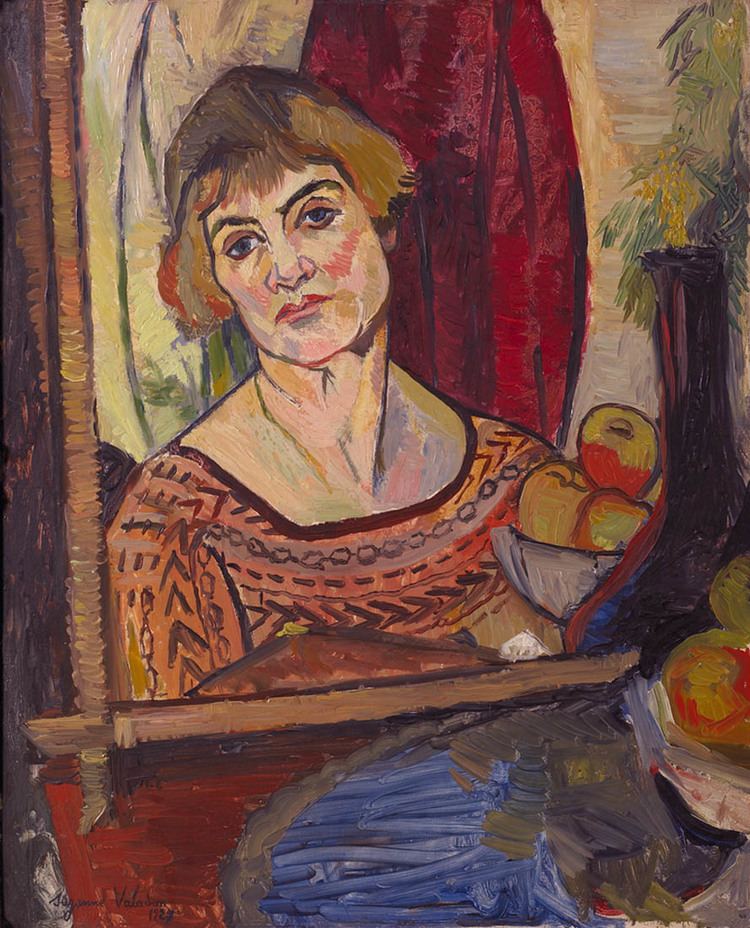 | ||
Full Name Marie-Clementine Valadon Known for Painter and artist's model Similar People Maurice Utrillo, Henri de Toulouse‑Lautrec, Erik Satie, Pierre‑Auguste Renoir, Tamara de Lempicka | ||
Art blog artists suzanne valadon toulouse lautrec renoir
Suzanne Valadon (23 September 1865 – 7 April 1938) was a French painter and artists' model who was born Marie-Clémentine Valadon at Bessines-sur-Gartempe, Haute-Vienne, France. In 1894, Valadon became the first woman painter admitted to the Société Nationale des Beaux-Arts. She was also the mother of painter Maurice Utrillo. The subjects of her drawings and paintings included mostly female nudes, female portraits, still lifes, and landscapes. She never attended the academy and was never confined within a tradition. Valadon spent nearly 40 years of her life as an artist.
Contents
- Art blog artists suzanne valadon toulouse lautrec renoir
- Suzanne valadon oil painting
- Personal life
- Career
- Model
- Artist
- Accomplishments
- Style
- Group exhibitions
- Solo Exhibition
- Permanent Collections
- Death
- Novels and plays
- Honors
- Illustrations
- References
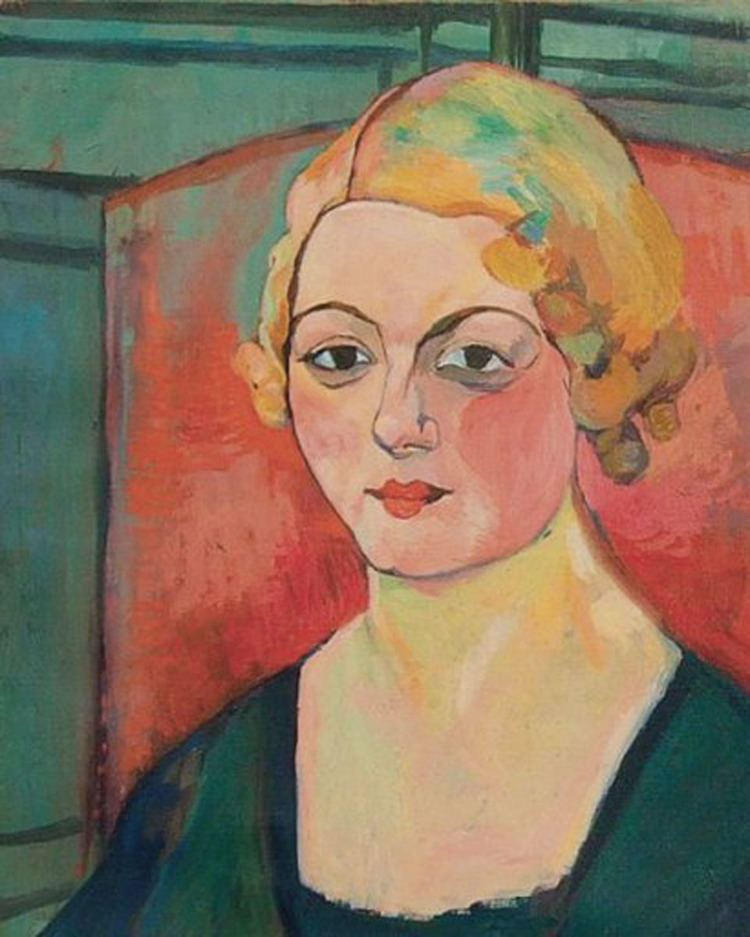
Suzanne valadon oil painting
Personal life
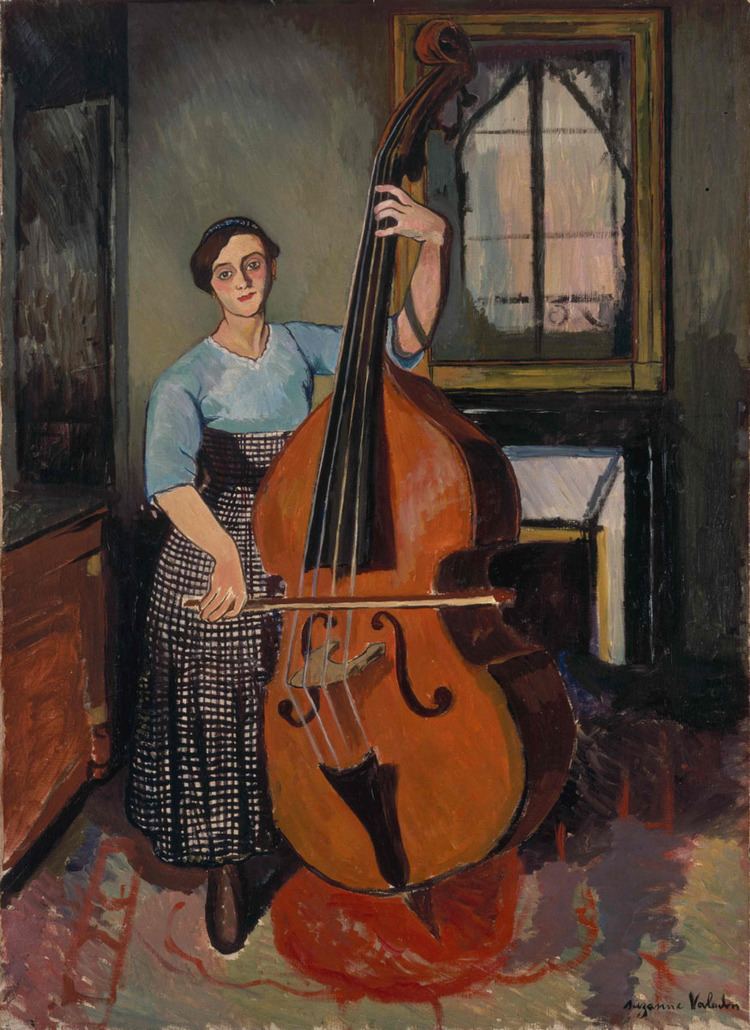
Valadon grew up in poverty with her mother, an unmarried laundress; she did not know her father. Known to be quite independent and rebellious, she attended primary school until age 11. In 1883, aged 18, Valadon gave birth to her illegitimate son, Maurice Utrillo. Valadon’s mother cared for Maurice while she returned to modelling. Valadon's friend Miguel Utrillo would later sign papers recognizing Maurice as his son, although his true paternity is uncertain. Valadon helped to educate herself in art by reading Toulouse-Lautrec’s books and observing the artists at work for whom she posed.
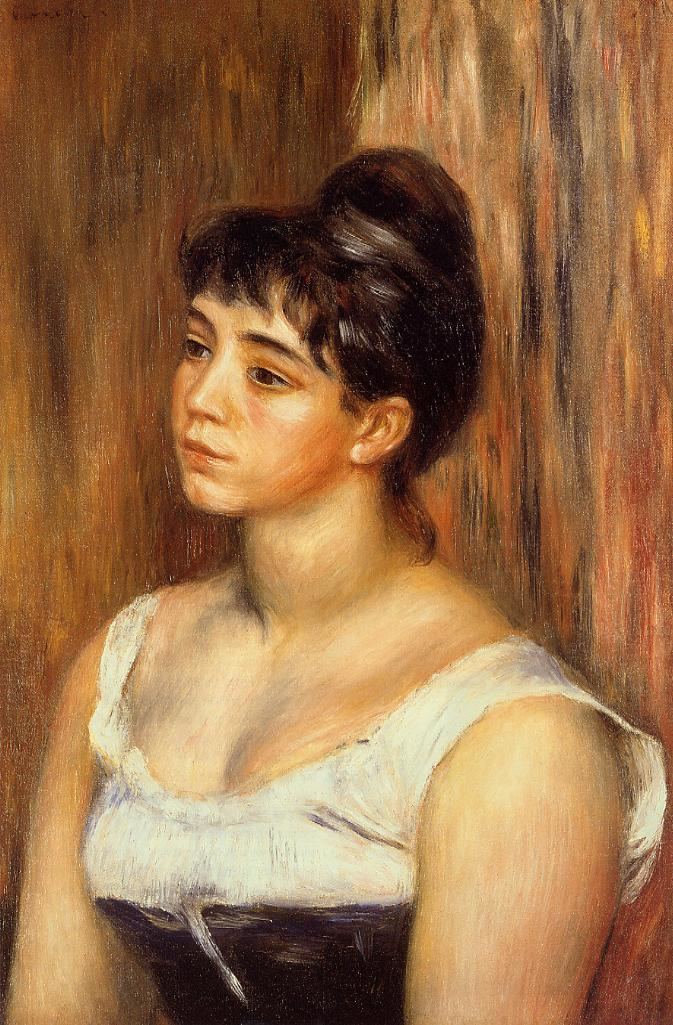
In 1893, Valadon began a short-lived affair with composer Erik Satie, moving to a room next to his on the Rue Cortot. Satie became obsessed with her, calling her his Biqui, writing impassioned notes about "her whole being, lovely eyes, gentle hands, and tiny feet", but after six months she left, leaving him devastated. Valadon married stockbroker Paul Moussis in 1895, leading a bourgeois life for 13 years at an apartment in Paris and a house in the outlying region. In 1909, Valadon began an affair with the painter André Utter, age 23 and a friend of her son, divorcing Moussis in 1913. Valadon married Utter in 1914, and he managed her career as well as her son's. Valadon and Utter regularly exhibited work together until the couple divorced in 1934.
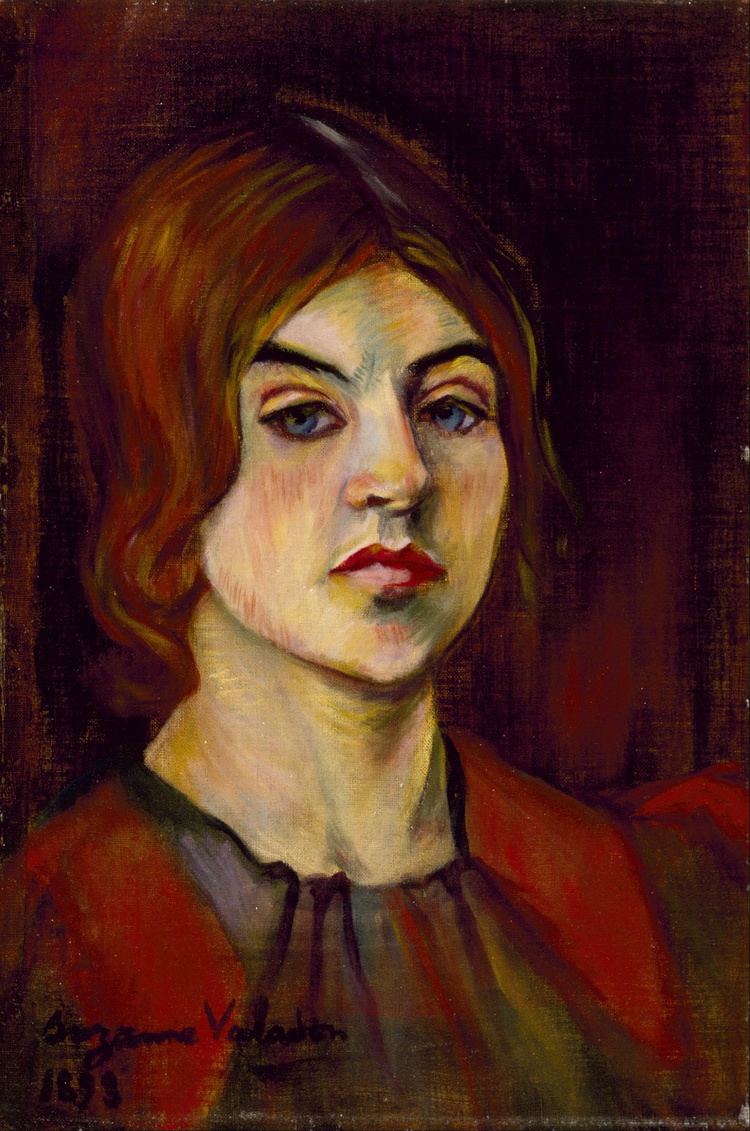
Art historian, Patricia Mathews, cites how Valadon was well-known during her lifetime but within the art historical narrative her work has long been overshadowed by a Bohemian and lower class lifestyle.
Career
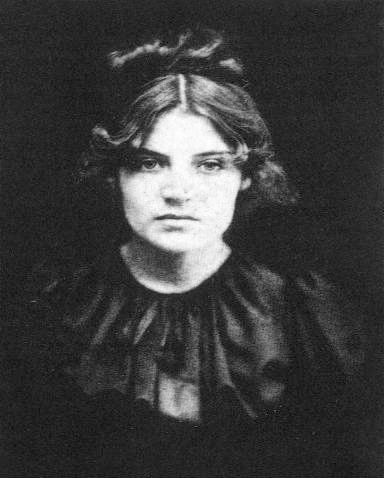
Valadon began working at age 11 in a variety of areas including a milliner’s workshop, a factory making funeral wreaths, a market selling vegetables, a waitress, and then finally in the circus. At the age of 15 Valadon met, Count Antoine de la Rochefoucauld and Thèo Wagner, two symbolist painters who were involved in decorating circus belonging to Medrano. Through this connection she began work at the Mollier circus as an acrobat, but a year later, a fall from a trapeze ended that career. The circus was frequented by artists such as Lautrec, Sescau and Berthe Morisot and it is believed this is where Morisot did her painting of Valadon.
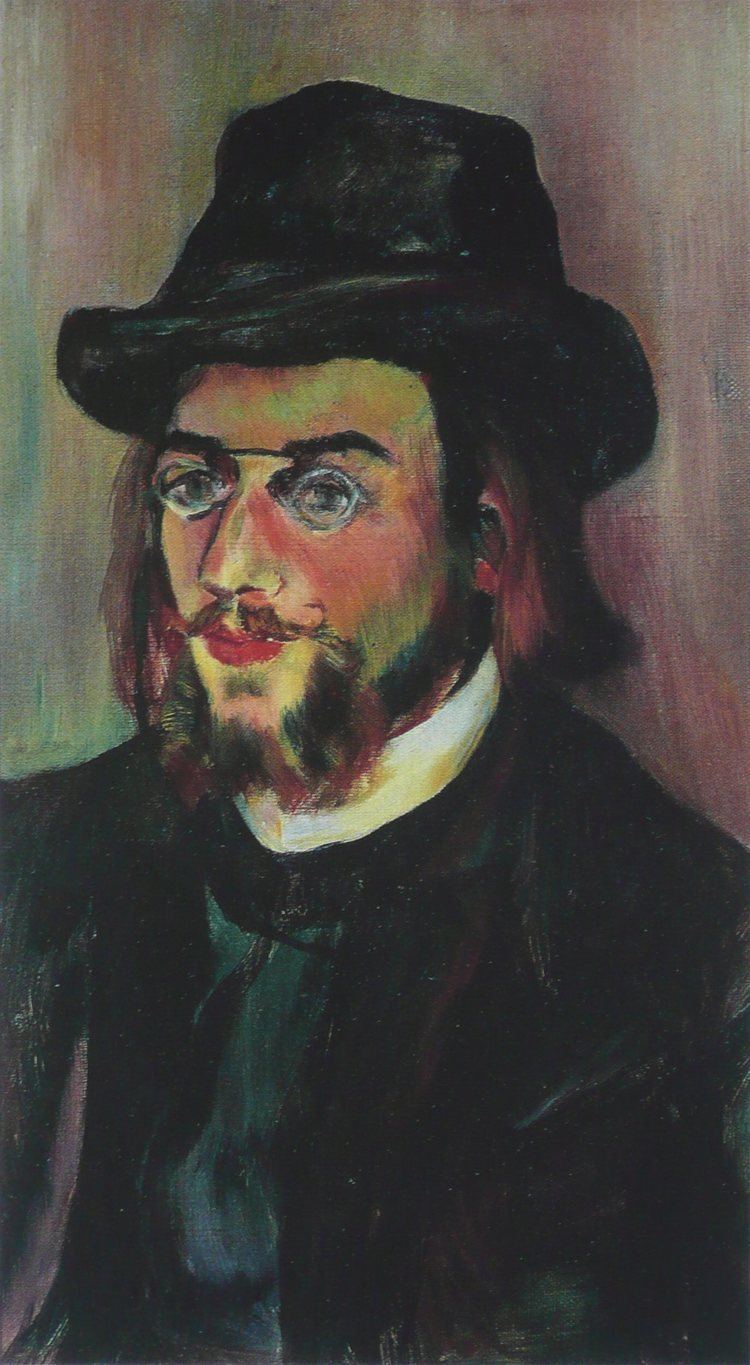
In the Montmartre quarter of Paris, she pursued her interest in art, first working as a model for artists, observing and learning their techniques, before becoming a noted painter herself.
Model
Valadon debuted as a model in 1880 in Montmartre at age 15. She modelled for over 10 years for many different artists including Pierre-Cécile Puvis de Chavannes, Théophile Steinlen, Pierre-Auguste Renoir, and Henri de Toulouse-Lautrec. She modelled under the name “Maria” eventually being nicknamed “Suzanne” after the biblical story of Susanna and the Elders. She was considered a very focused, ambitious, rebellious, determined, self-confident, and passionate woman. In the early 1890s, she befriended Edgar Degas who, impressed with her bold line drawings and fine paintings, purchased her work and encouraged her; she remained one of his closest friends until his death. It is believed by art historian, Heather Dawkins, that Valadon's experience as a model added depth to her own images of nude women, which tended to be less idealized than that of the male post impressionists representations.
The most recognizable image of Valadon would be in Renoir's Dance at Bougival from 1883, the same year that she posed for Dance in the City. In 1885, Renoir painted her portrait again as Girl Braiding Her Hair. Another of his portraits of her in 1885, Suzanne Valadon, is of her head and shoulders in profile. Valadon frequented the bars and taverns of Paris with her fellow painters, and she was Toulouse-Lautrec's subject in his oil painting The Hangover.
Artist
It is commonly believed that Valadon taught herself how to draw at the age of nine. Valadon painted still lifes, portraits, flowers, and landscapes that are noted for their strong composition and vibrant colors. She was, however, best known for her candid female nudes that depict women's bodies from a woman's perspective. This is particularly important because it was unusual in the nineteenth century for a woman artist to make female nudes her primary subject matter. Valadon was not confined to a specific style, yet both Symbolist and Post-Impressionist aesthetics are clearly seen within her work.
Accomplishments
Her second portrait was created in 1883 at age 18 before she gave birth to her son. She produced mostly drawings from 1883-1893 and began painting in 1892. Her first models were her family members, often her son, mother, or niece. Her first female nude was also made in 1892. Her first exhibitions, held in the early 1890s, consisted mostly of portraits, for example of Erik Satie 1893. She regularly showed work at the Galerie Bernheim-Jeune in Paris. Valadon’s first time in the Salon de la Nationale was in 1894. Degas was notably the first person to buy drawings from her. Degas also taught her the skill of soft-ground etching.
In 1896, Valadon became a full-time painter after her marriage to Paul Moussis. She made a shift from drawing to painting starting in 1909. Her first large oils for the Salon related to sexual pleasure, and they were some of the first examples in painting for the man to be an object of desire by a woman. These notable Salon paintings include Adam et Eve (Adam and Eve) (1909), La joie de vivre (Joy of Living) (1911), Lancement du filet (Casting of the Net) (1914). Valadon produced around 300 drawings and over 450 oil paintings by the end of her life.
Today, some of her works may be seen at the Centre Georges Pompidou in Paris, the Museum of Grenoble, and at the Metropolitan Museum of Art in New York.
Style
Valadon primarily worked with oil paint, oil pencils, pastels, and red chalk; she did not use ink or watercolor because these media were too fluid for her preference. Valadon’s paintings feature rich colors and bold, open brushwork often featuring firm black lines to define and outline her figures. She used hard black lines to emphasize the structure of the body. She also used firm lines in her nudes to emphasize the play of light on curves.
Valadon’s self-portraits, portraits, nudes, landscapes, and still life's remain detached from trends and aspects of academic art. The subjects of Valadon’s paintings often reinvented the old master’s themes: women bathing, reclining nudes, and interior scenes. However the nudes Valadon paints veer far from the norms of this male-dominated genre, the paintings are interpreted in a much different way which could contradict of question the nature of the genre. Many have suggested a vibrant, emotional sense that emanates from her drawings and paintings as a result from an intimate, familiar observation of these women’s bodies. Similarly to Valadon, Berthe Morisot and Mary Cassatt painted mostly women, yet because of their middle class status in French society at the time they were unable to paint the nude body, regardless of gender. Valadon also emphasized her focus on the importance of composition of her portraits over painting expressive eyes. Her later works, such as Blue Room (1923), are brighter in color and show a new emphasis on decorative backgrounds and patterned materials.
It’s thought that her experience as a model and as an artist allowed her to analyze the process that transformed and positioned the body as an object of the gaze within a work of art and influenced her understanding and perspective of women and the female body. Suzanne Valadon has been considered transgressive in her position as a woman painting the nude female body. Her class allowed her to enter the male public domain of art through modeling and then emerged as an artist within her circle of prominent male artists. She resists typical depictions of women via their class and supposed sexuality through her use of unidealized and self-possessed bodies that are not overly sexualized.
Group exhibitions
Solo Exhibition
Permanent Collections
Death
Suzanne Valadon died of a stroke on 7 April 1938, at age 72, and was buried in the Cimetière de Saint-Ouen in Paris. Among those in attendance at her funeral were her friends and colleagues André Derain, Pablo Picasso, and Georges Braque.
Novels and plays
A novel based on her life by Elaine Todd Koren was published in 2001, entitled Suzanne: of Love and Art. An earlier novel by Sarah Baylis, entitled Utrillo's Mother, was published first in England and later in the United States. Timberlake Wertenbaker's play The Line (2009) traces the relationship between Valadon and Degas. Valadon was the basis for the character Suzanne Rouvier in the novel "The Razor's Edge" by W. Somerset Maugham
Honors
Both an asteroid (6937 Valadon) and a crater on Venus are named in her honor.
The small square at the base of the Montmartre funicular in Paris is named Place Suzanne Valadon.
